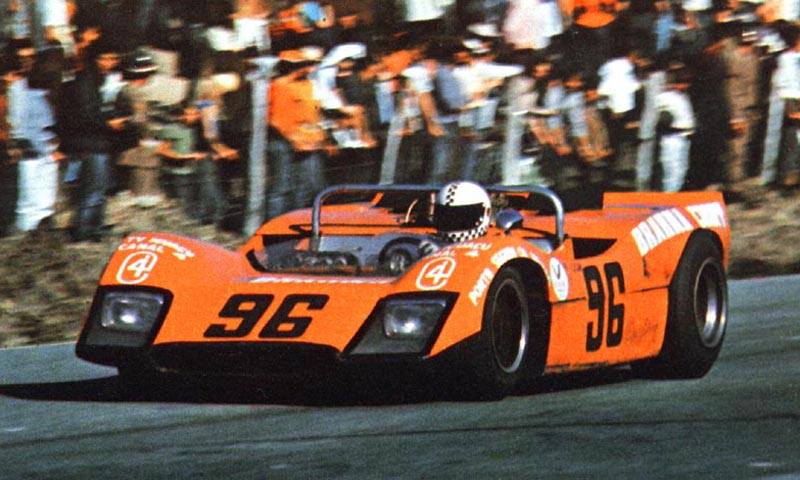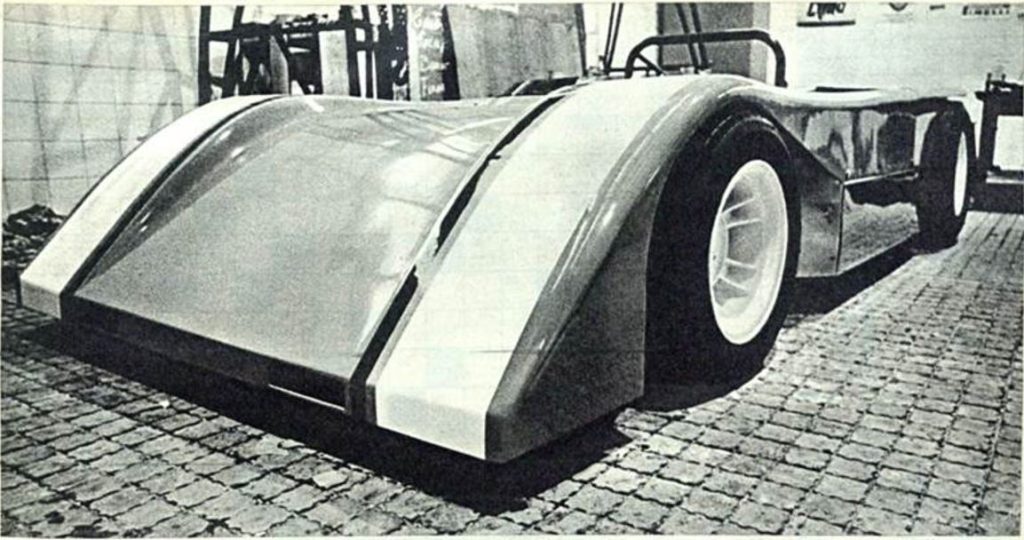After years competing with adapted road cars such as the Carretera #18 and the Karmann Ghia Corvair, in 1968 racer Eduardo Celidônio decided to fund the project of a prototype, designed by the then newcomer Ricardo Divila and built in the Auto Mecânica workshop of Anésio Hernandez, located in the Santo Amaro neighborhood.
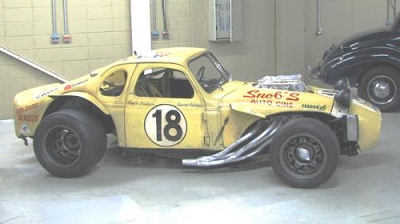
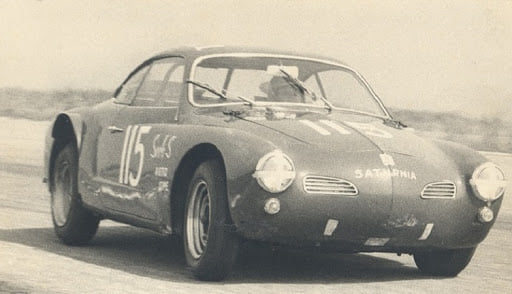
Along with Hernandez, the experienced Francisco Pisciutto, whose track record included several cars such as the Bino and the Fitti-Porsche, also worked on the construction. Together, the two worked for over two months in 16-hour shifts to complete the car in time for the reopening of Interlagos in 1969.
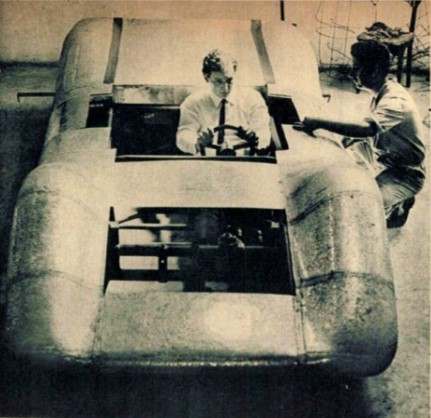
Named Snob’s after Snob’s Auto Cine, of which Celidônio was an associate, the MK1 also became known as Snob’s Corvair, due to its 6-cylinder Chevrolet engine inherited from the Karmann Ghia. This engine received Iskenderian valve timing and lifters and a Quadrijet carburetor, producing 145 hp and 20.5 kgf.m, and was mated to a Volkswagen transmission with special ratios for Brazilian circuits.
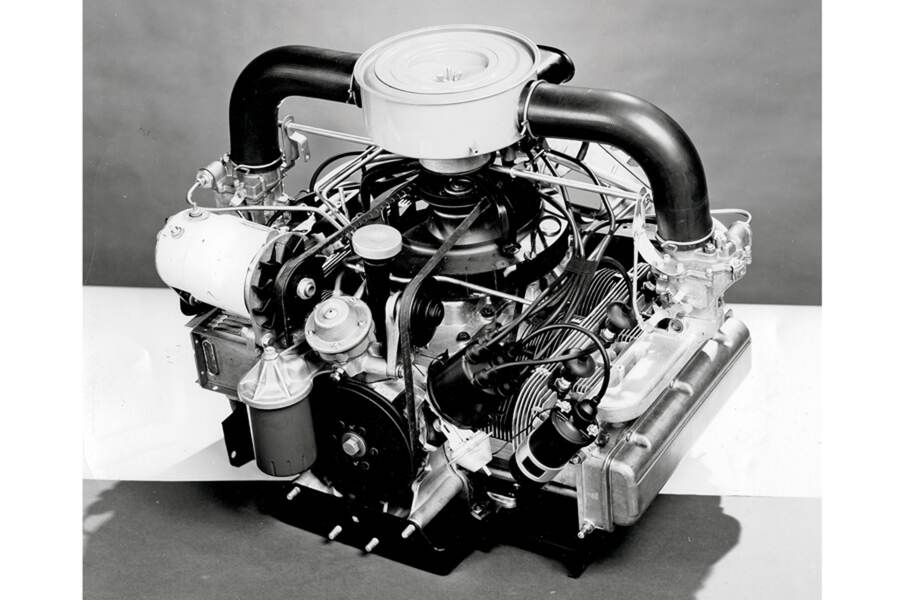
One peculiarity was that the Corvair engine rotates counterclockwise when viewed from the flywheel side, the opposite direction to the Volkswagen engine, so it was not necessary to invert the differential ring gear in the inter-axle installation like the Snob’s.
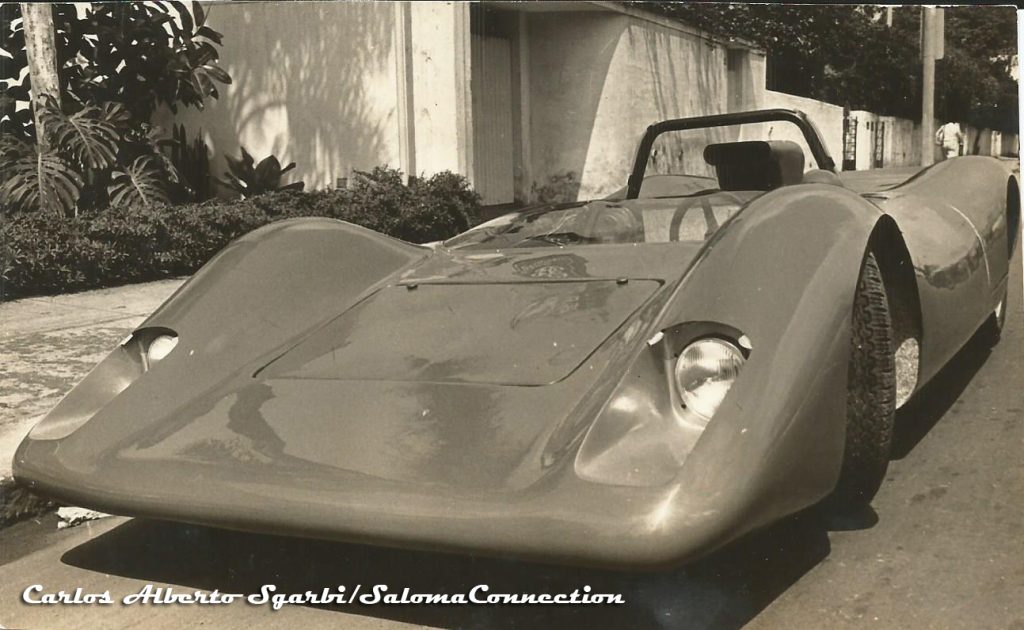
Another curiosity, as shared by Ricardo Divila in his X account is that Eduardo was used to the old Carretera upright seating position, therefore he seated in a way his head was above the rollbar. Carlos Sgarbi and other drivers, on the other hand, sit in a more horizontal position, as per the car project, and therefore his head was well below the rollbar, as can be seen in the two pictures below:
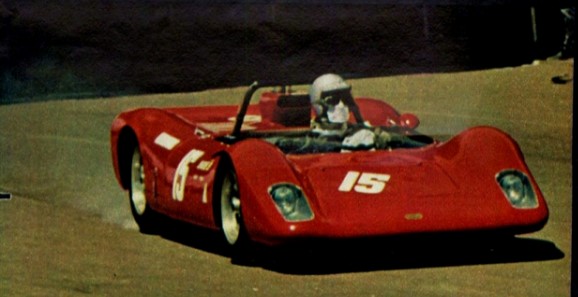
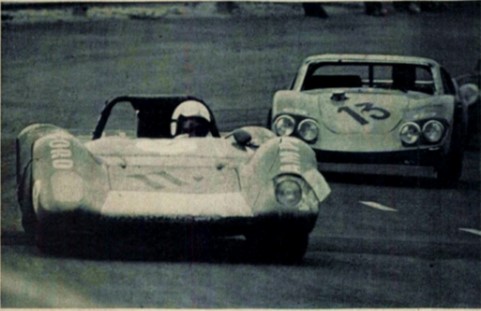
The chassis, with a 2.34-meter wheelbase, was constructed of steel tubing with walls ranging from 20 to 40 mm, and featured two side fuel tanks totaling 54 liters. The front suspension was the original VW Karmann Ghia suspension, with a stabilizer bar and height adjustment, while the rear suspension was independent with coil springs and magnesium axle sleeves manufactured by the Fittipaldi brothers’ company. The wheels were also Fittipaldi magnesium, 6-inch at the front and 9-inch at the rear, shod with Italian Pirelli Corsa tires, and braking was provided by ATE discs at the front and drums at the rear.
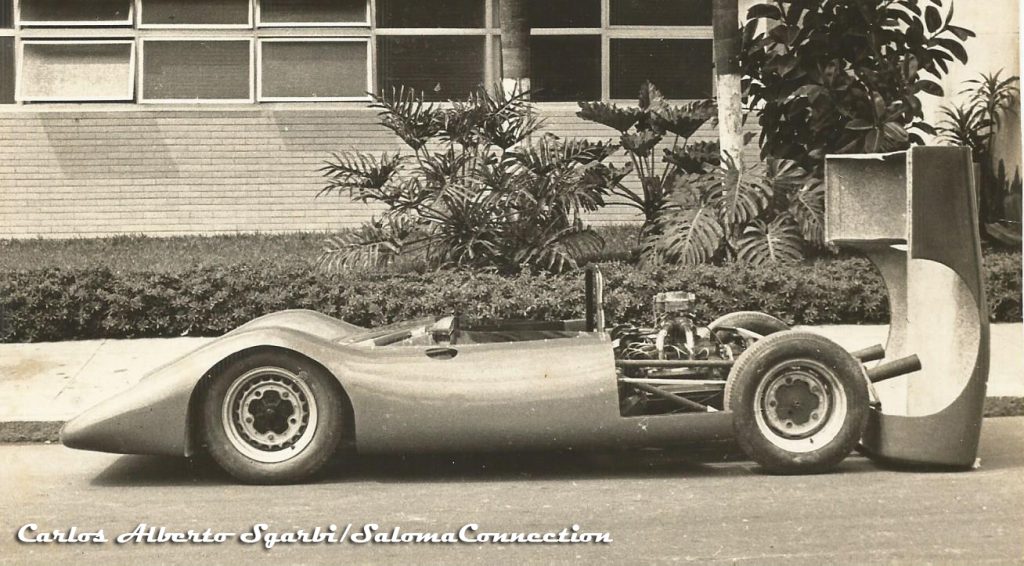
The bodywork, inspired by the Ferrari 612 Can-Am, as well as the Fittipaldi F4, another Divila project developed around the same time, was a mixed construction, with aluminum at the front and fiberglass at the rear. The final result was a car weighing 570 kg (1,240 lb) and an estimated top speed of 215 km/h (133 mph).
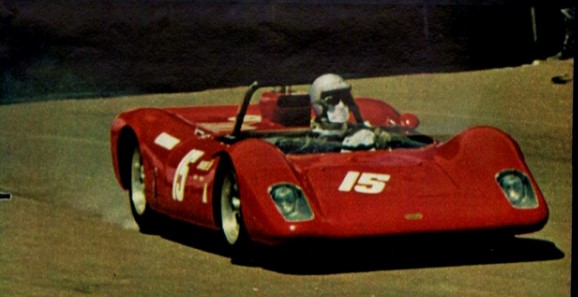
The debut actually took place in the 1,000 km of Brasília, where the duo Carlos Alberto Sgarbi and Eduardo Celidônio did not complete the race.

The next race was the 3 Hours of Guanabara, where Celidônio competed solo and finished 8th overall and third among the prototypes. His best lap time was 1:41.5, 8 seconds slower than José Carlos Pace’s Alfa 33 but close to the AC prototypes also debuting in 1969.
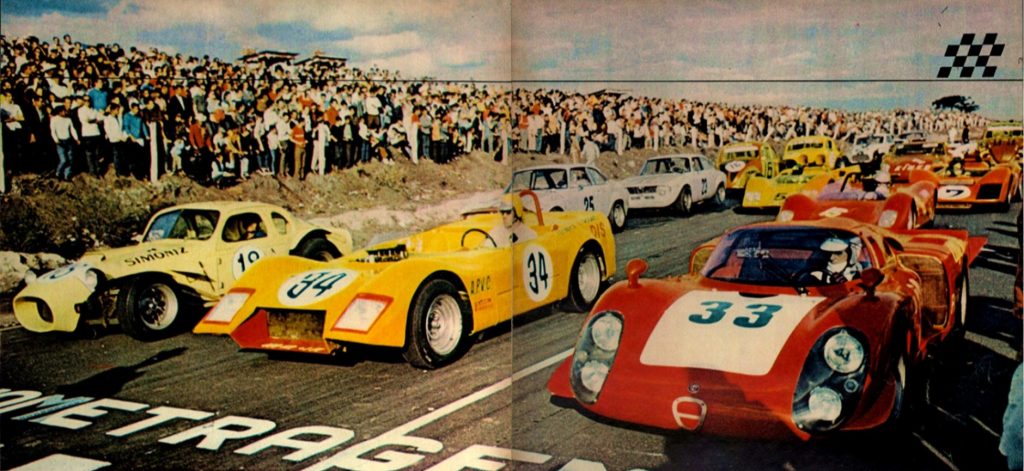
Their best result was achieved in the Prova dos Namorados (Valentine’s Day Race), finishing fourth in both qualifying and the final standings. The same result was repeated in the 1,000 km of Guanabara, where, in partnership with Carlos Alberto Sgarbi, they finished sixth on the starting grid and finished fourth in a race where the fastest cars (Fitti-Fusca, Lola T70, Alfa 33, and Ford GT40) retired or crashed before the halfway point.
The 1970 season got off to a hectic start, with three races held in March at Interlagos. First came a retirement in the 1,500 km Interlagos race, won by Ciro Cayres and Jan Balder in the BMW 2002 Schnitzer “Esquife Voador.” The best results came at the Festival of Speed, a two-heat race, where Celidônio finished fourth overall, and at the Taufic Scaf GP, also with Eduardo Celidônio, who finished third.
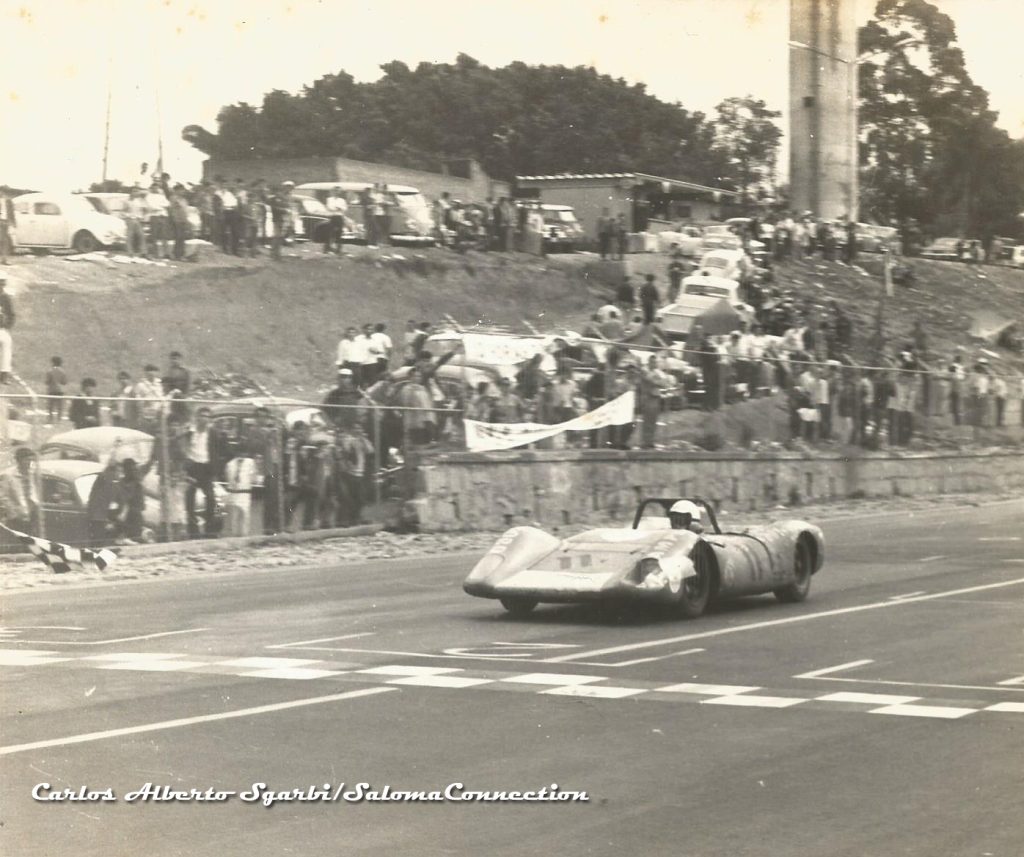
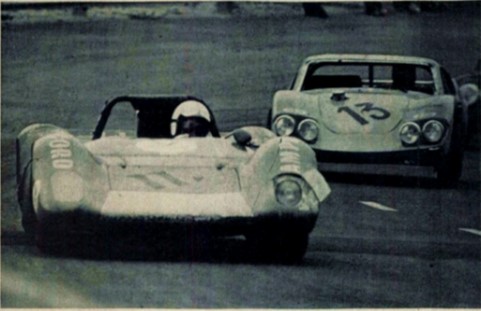
The season would continue with a good 6th place in the 12 Hours of Interlagos, with Sgarbi and Luis Filinto Júnior taking turns driving.
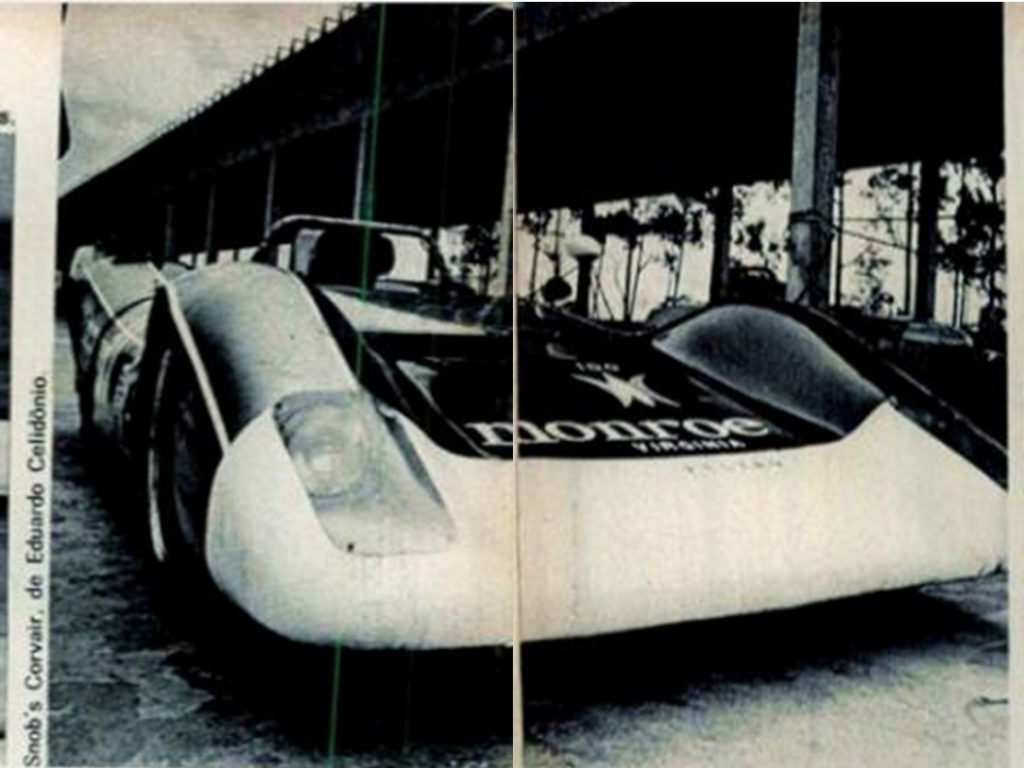
Following the races held at Interlagos, he finished fifth in the 250 Miles of Interlagos and third in the 500 Kilometers of Interlagos, with Eduardo Celidônio racing solo in both races. An unusual situation arose in the 500 km race, as due to an organizational error, third place was announced for Roberto Dal Ponto, who was racing a BMW 2002 and who climbed into the buggy that would have taken the top three finishers for a victory lap. Ultimately, the confusion was resolved before the buggy departed, and Celidônio was able to receive the due honors.
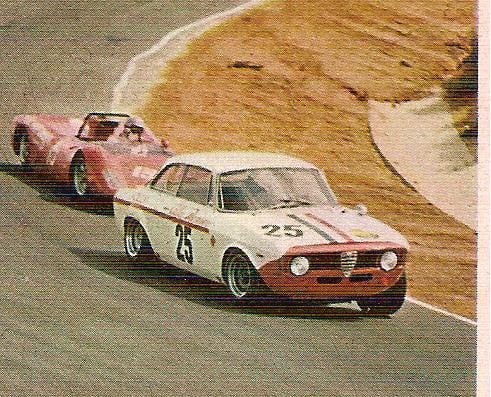
This was followed by a retirement by Celidônio at the 2 Hours of Curitiba, where the Snob’s performed well but had to stop after a transmission failure. Celidônio then finished 12th at the Mackenzie GP, a race that marked the Fúria’s first victory. He then participated in the Festival of Records held on Marginal Pinheiros, finishing 4th with a speed of 194.886 km/h, behind Camilo Christofaro’s Carretera 18, Alcides Diniz’s Lamborghini Miura and the Galaxie with a 7-liter engine driven by Luis Pereira Bueno.
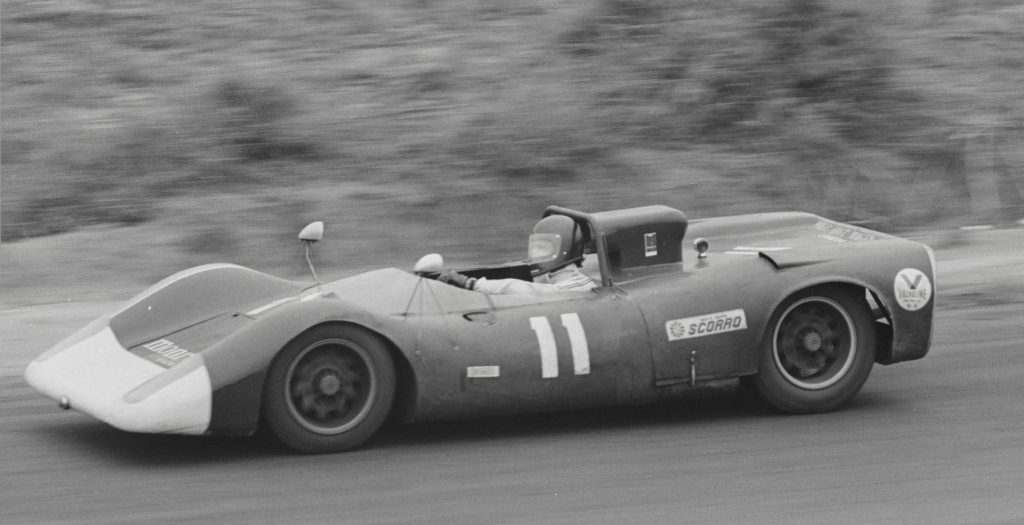
After the speed race, the Snob’s was entered in the Mil Milhas, finishing in 17th place with Jorge Mascarenhas paired with Eduardo Celidônio. Closing the 1970 season, Celidônio participated in the Copa Brasil with an eighth place in the first race (and first among national cars), abandoning the second stage. In the third stage, Snob’s presented problems and was unable to reach the minimum time of 3m40s to qualify for the race.
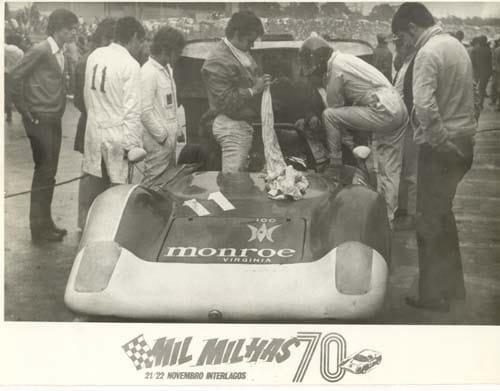
In 1971, Snob’s entered the 12 Hours of Interlagos with Jorge Mascarenhas and Edgard Vaz, but retired from the race, a result repeated in the Race of Champions. Snob’s last race was the 6 Hours of Interlagos, where it was entered with Jorge Mascarenhas and Claude Mishari driving. Interestingly, this race, which marked the debut of the Fittipaldi F4, was also the Snob’s farewell, as it was destroyed after an accident.
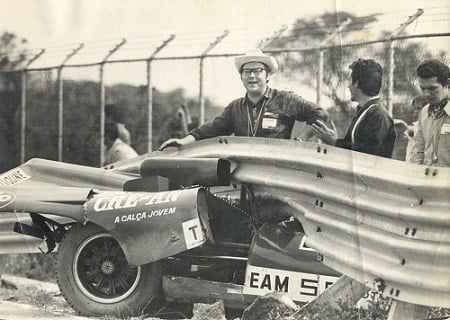
Results

Acknowledgments
We would like to thank the members of the Facebook group “Automobilismo nacional, época de ouro! Dos primórdios aos anos 80” for the material shared in the group and the memories that helped enrich this publication.
Sources:
Corvair para o nôvo Interlagos. Revista Quatro Rodas, N 104, Março de 1969.
Brasília. Uma grande largada para 1969. Revista Quatro Rodas, N 106, Maio de 1969.
Automobilismo. O Cruzeiro, 24 de julho de 1969.
Guanabara. Lá vai o “Môco”, tranquilo em sua Alfa. Revista Quatro Rodas, N 109, Agosto de 1969.
Favoritos quebra e Lorena venceu fácil. Jornal dos Sports, Segunda-feira, 15 de Dezembro de 1969.
Paulistas protestam contra a vitória carioca nos “1000 km”. O Jornal, 21 de dezembro de 1969
1000 km em 9 Horas: Guanabara. Revista Quatro Rodas, N 114, Janeiro de 1970.
Outro pilôto, o mesmo carro, outra vez a Alfa em Curitiba. Revista Quatro Rodas, N 109, Agosto de 1969.
Na despedida, tôda a classe de Luisinho. A Tribuna, quarta-feira, 18 de março de 1970.
Vai esquentar o anel externo de Interlagos. Diário da Noite: Edição Matutina, 27 de março de 1970.
Na despedida dos novos, a vez do velho piloto. Revista Quatro Rodas, N 117, Abril de 1970.
O Melhor prêmio. Revista Quatro Rodas, N 117, Abril de 1970.
As 12 Horas de Luisinho. Revista Quatro Rodas, N 120. Julho de 1970.
250 Milhas. A Tribuna, terça-feira, 11 de agosto de 1970.
As boas corridas de hoje e amanhã. A Tribuna, domingo, 6 de setembro de 1970.
Rodada do Campeonato Brasileiro de Automobilismo é aqui domingo. Diário do Paraná, domingo, 4 de outubro de 1970.
O Porsche mostrou como sabe vencer. Revista Quatro Rodas, N 124, Novembro de 1970.
Os cobras da alta rotação. Revista Quatro Rodas, N 125, Dezembro de 1970.
Copa Brasil empolga: espanhóis querem ratificar liderança. A Tribuna, domingo, 13 de dezembro de 1970.
Emerson e mais três têm chance de vitória nesta Copa Brasil. A Tribuna, quinta-feira, 24 de dezembro de 1970.
Emerson não descuida, vantagem de um ponto não dá tranquilidade. A Tribuna, sexta-feira, 25 de dezembro de 1970.
FESTIVAL DE RECORDES – CARRETERA, LAMBORGHINI, FORD GALAXIE E CLASSIFICAÇÃO. Available at: https://www.conexaosaloma.com.br/festival-de-recordes-carretera-lamborghini-ford-galaxie-classificacao/.
Um show de velocidade: Mil Milhas Brasileiras. Revista Quatro Rodas, N 126, Janeiro de 1971.
Um novo recorde para Interlagos: Copa Brasil. Revista Quatro Rodas, N 126, Janeiro de 1971.
Copa Brasil: hoje a luta é por menores tempos. Folha de São Paulo, Ano L, I Caderno, 19 de Dezembro de 1970.
12 Horas de Interlagos: Vitória da Regularidade. Revista Quatro Rodas, N 129, Abril de 1970.
Interlagos: Foram seis horas de Porsche. Revista Quatro Rodas, N 133, Agosto de 1971.
Didn’t Porsche Design the Corvair? Available at: https://www.excellence-mag.com/issues/234/articles/didn-t-porsche-design-the-corvair.
SNOB’S – PROTÓTIPO DE RESPEITO. Available at: https://www.conexaosaloma.com.br/snobs-prototipo-de-respeito/.

